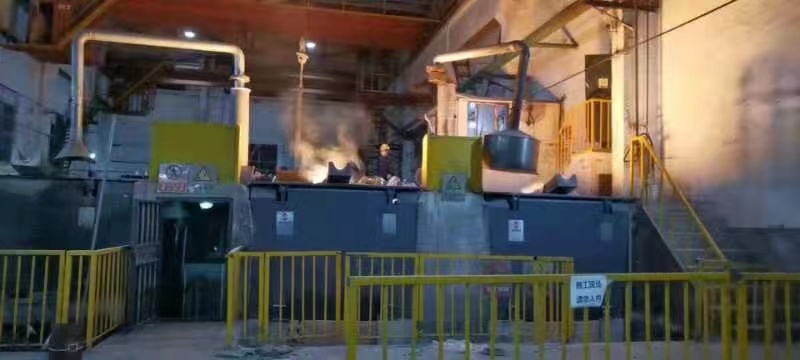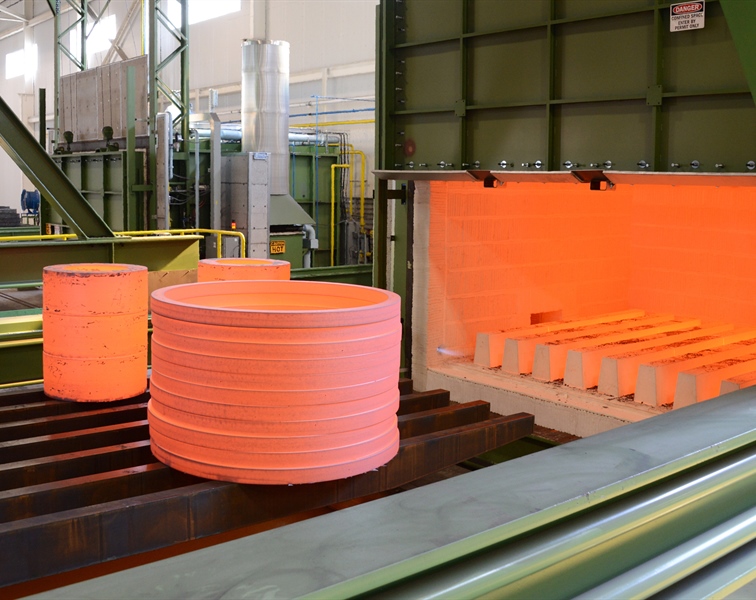- Tel:+8613007564317
- Email:[email protected]
News
Induction Furnace Basics ProsInduction furnaces are commonly used in modern foundry, steel plants and mining industry. This is because Induction furnace is more efficient and melting process is clean. Induction also ensures a more controlled melting process as compared to other kinds of metal melting. This explains why older iron foundries are beginning to replace their cupolas excerpt …

Pros
Induction furnaces are commonly used in modern foundry, steel plants and mining industry. This is because Induction furnace is more efficient and melting process is clean. Induction also ensures a more controlled melting process as compared to other kinds of metal melting. This explains why older iron foundries are beginning to replace their cupolas with induction furnaces. Besides, cupolas emit many pollutants, specifically dust, making induction a cleaner and safer way to melt cast iron.
Another thing is that induction furnaces do not require an arc or combustion, making the temperature safer to work with. When using an induction furnace, you only need to reach the temperature required to melt the metal, preventing valuable alloying elements from being lost. In Induction furnace, operation is faster and more efficient. The electromagnetic stirring action creates a homogeneous mixture of the liquid metals. One sample of the metals represents a whole batch. Therefore, to take sample of each bar is not required.
Cons
There is only one big negative feature. An induction furnace does not have a refining capacity. The materials placed in an induction furnace must be clean of oxidation products and be a known composition. Because of this, some alloying elements may be lost due to oxidation and require to be re-added to the actual melt.

Pros
The resistance furnace has been designed to benefit mining operations exponentially. It offers a range of temperatures that can go above 1500 C. In addition, there is an automated control unit responsible for circulating and maintaining temperatures. Due to the fact that these furnaces are well sealed, they have a vacuum that does not allow heat to escape at any cost. Apart from these benefits, the furnace contains a gaseous medium that eliminates chances of oxidization and hardening of metals that you are dealing with.
Cons
Where there are pros, there are bound to be cons as well. Resistance furnaces tend to take a longer time to melt metals unlike its counterpart. The time required to obtain the required temperature along with the time needed to melt the metal is quite a disadvantage to most mining operations. Since these furnaces are mostly used for small to medium sized mining operations, the temperatures attained are never the metal’s melting temperature. Resistance furnace is not suitable for melting large quantity metal.
Knowing the difference between induction and resistance furnaces will definitely be worthwhile since you will be able to make a better decision for your melting needs.
We will get in touch with you as soon as possible
